Tutaev is part of one of the most popular tourist routes in the country - the Golden Ring of Russia. Until 1822, separate cities stood on both banks of the Volga: Borisoglebsk and Romanov. They were united into one, and after almost 100 years they were also renamed Tutaev. The name was received in honor of the Red Army soldier who died at the hands of the Whites. Historical events and unrest in the country did not prevent the architecture of past centuries from being preserved.
In many ways, the city is popular because of its Orthodox churches. Each has distinctive features. Although the appearance of the buildings has changed over the years, and some valuables have disappeared, there is something to see in cathedrals and churches. For example, the Resurrection Cathedral is famous for its wall paintings, and the Annunciation Church houses a silver cross with relics of saints.
What to see and where to go in Tutaev?
The most interesting and beautiful places for walking. Photos and a short description.
- Resurrection Cathedral
- Fire Tower
- Museum complex Borisoglebskaya Side
- Museum of Admiral Ushakov and the Russian Navy
- Museum Dom on Novinskaya
- Kazan Transfiguration Church
- Holy Cross Cathedral What's in the Ramparts
- Savior Archangel Church
- Church of the Ascension
- Trinity Church
- Church of the Intercession
- Church of the Annunciation
- Monument to Tolbukhin
- USSR park
- Volga river
Resurrection Cathedral
The main attraction of the city, which is rich in temples. The cathedral was erected in the 17th century on the site of an old wooden church. The building is impressive in size and has a carved facade and colorful paintings. Church motifs adorn both the interior and exterior walls. Unlike other temples, Tutaev was never closed even under Soviet rule.
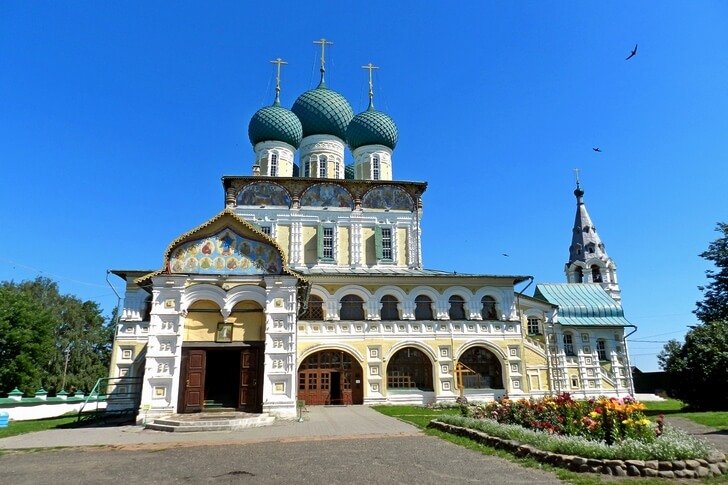
Fire Tower
At the time of construction in 1912, the building turned out to be the tallest building in the city. Under the roof there is an observation platform from which the entire district is visible. Now the building is not used for its intended purpose, but is protected as an architectural monument. Those who wish can go upstairs and admire Tutaev from a new angle. The “finest hour” of the kalanchi is a shot in the frame of Gaidai's film “12 Chairs”.

Museum complex "Borisoglebskaya Side"
At the heart of the complex was a museum in honor of the Romanov sheep - a real brand of the region. In 2008, the Borisoglebskaya side was replenished with several exhibitions, including the Linen Manufactory E.E. Klassen". In the museum, you can take part in master classes, get acquainted with the crafts and inhabitants of the local forests. On holidays, themed events are organized. New expositions open regularly to this day.
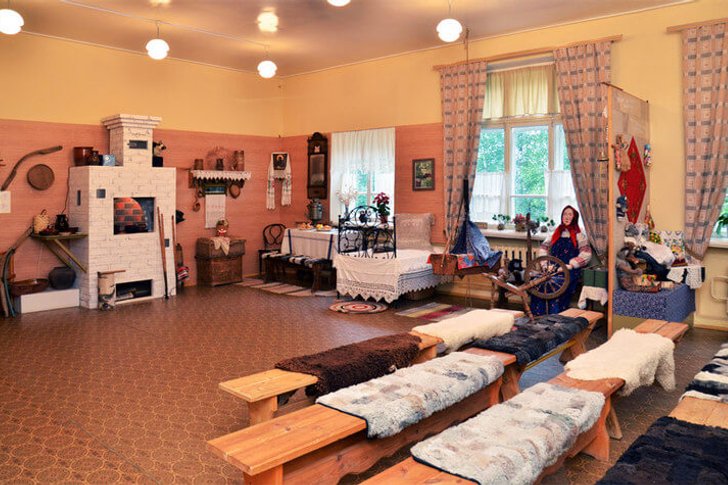
Museum of Admiral Ushakov and the Russian Navy
The opening took place on the birthday of the naval commander in 2012. Inside the museum, they tried to create an atmosphere corresponding to the theme. So, for example, yards and sails were installed under the ceiling, and part of the ship's side was recreated to the smallest detail. The extensive exposition is complemented by interesting master classes. Tourists can learn how to tie sea knots or learn flag signals used by sailors of the past.
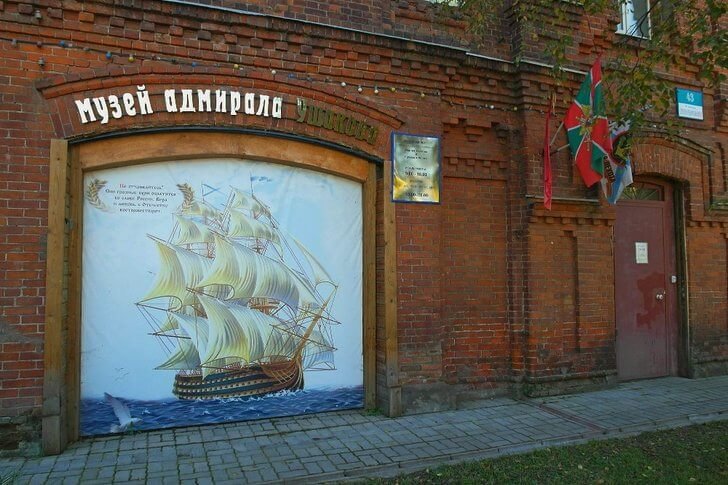
Museum "Dom on Novinskaya"
The museum's collection is dedicated to the way of life of the bourgeoisie, as well as the architecture of the 19th century. Spacious rooms with original furniture and decorations were shown to visitors from 1919 to 1950, when the exposition was curtailed. The valuables were distributed to other cultural institutions or lost. The second life of "House on Novinskaya" began in 1990. In the past, a bank worked within the walls of the museum, and there was an apartment of its head.

Kazan Transfiguration Church
It was built on the left bank of the Volga in 1758. The building actually consists of two temples. The first is the construction of the lower tier, where the icon of the Kazan Mother of God is the most revered. The second is the Transfiguration Church, which, as it were, hangs over the "neighbor" and has a panoramic gallery. The bell tower stands a little further away and looks like an independent tower. Services in the church were not held from 1931 to 1996.

Holy Cross Cathedral "What's in the Ramparts"
It was built over 40 years and was consecrated only in 1658. The walls were painted by Kostroma masters, but their works have not been preserved. The bell tower looks massive; over the years, the number of bells on it has decreased. Silvery domes, which are rarely found in cathedrals, deserve special attention. The temple lost its icons after the revolution. The building stood in a semi-abandoned state until the early 90s of the last century.
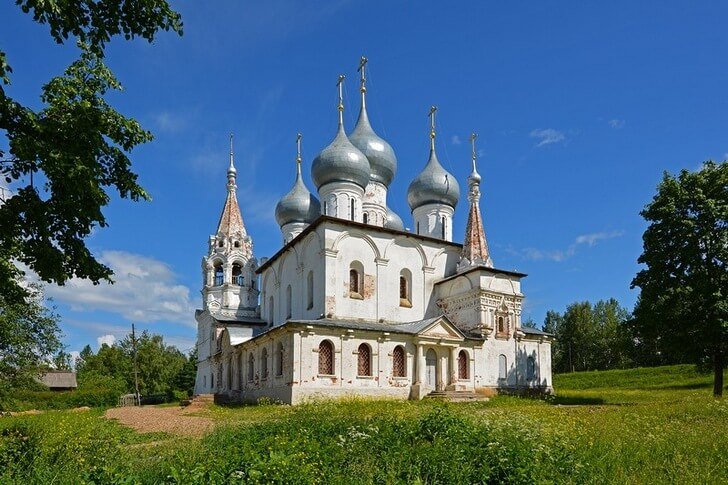
Savior Archangel Church
Construction was carried out from 1746 to 1751. Finishing work stretched for another two decades. In the middle of the 19th century, in terms of the richness of the interior decoration of the church, there were no equals in the area. The bell tower was built right next to it, and there was also an almshouse for women at the temple. After the formation of the USSR, a printing house was organized in the building. The valuables were taken out and disappeared. Currently, the church again belongs to the Russian Orthodox Church.
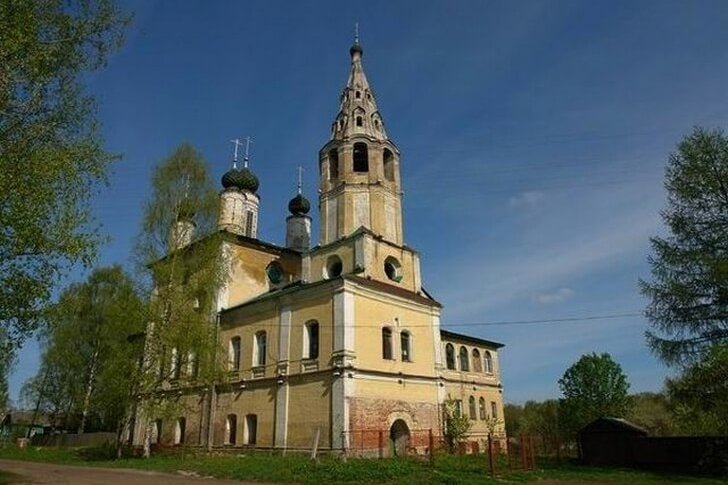
Church of the Ascension
Two large fires destroyed the stave churches built on the site. Both temples were lit in honor of Leonty of Rostov, a revered saint. In 1795, it was decided to implement the project of a stone church. Each of the four thrones is dedicated to a different saint. Many valuable relics were lost during military conflicts. The church was closed in the 60s, and services resumed in 1989.
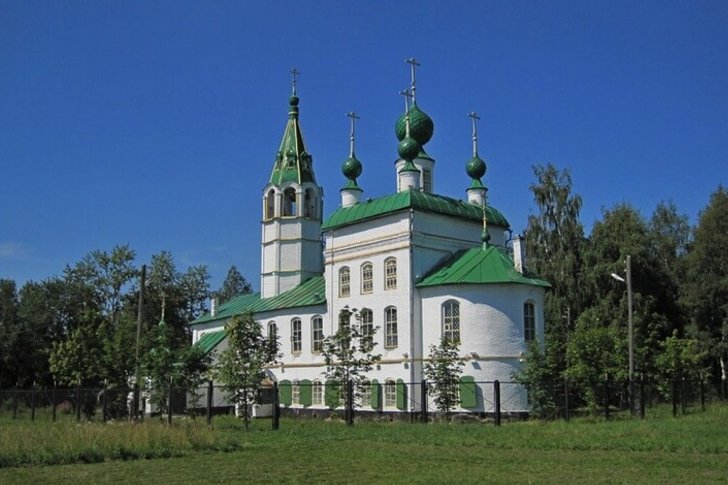
Trinity Church
The construction was carried out on the donation of local residents and ended in 1783. In the past, the temple and its bell tower were surrounded by an old cemetery. It was destroyed in the 20th century, and only the crypt of the notary Maslok is well preserved. In the Soviet years, a warehouse was organized in the premises. This had a bad effect on the frescoes, which practically disappeared from the walls. Restoration began in the 90s and lasted until 2007.

Church of the Intercession
It is one of the oldest Orthodox objects in the city. It is dated 1654 and was located on the territory of the monastery for more than a hundred years. The monastery ceased to exist, but the temple was preserved. In the initial plan, he had a second floor, but this remained an unrealized project. The main shrine is the icon "On the addition of the mind." They traditionally come to her before the start of the school year.

Church of the Annunciation
It stands on the right bank of the Volga at the top of the hill. Unlike other city churches, the Church of the Annunciation has a pillarless ceiling. The structure is famous for its strong walls, the thickness of which is about 1.3 m. The roof is also atypical for Orthodox buildings - it is almost flat. The main shrine is a silver cross, in which 40 particles of the relics of God's saints are collected. The restoration of the church has not been completed.

Monument to Tolbukhin
The bust traveled a long and difficult path before ending up on the Jubilee Square of the city. The monument to Tolbukhin stood in Bulgaria and was dismantled in the early 90s of the last century. It turned out to be in poor condition, but representatives of the Yaroslavl region undertook restoration and transported the bust to Tutaev in 2000. The hero of the USSR was born in the Romanovo-Borisoglebsky district, so the memory of the marshal is honored here.
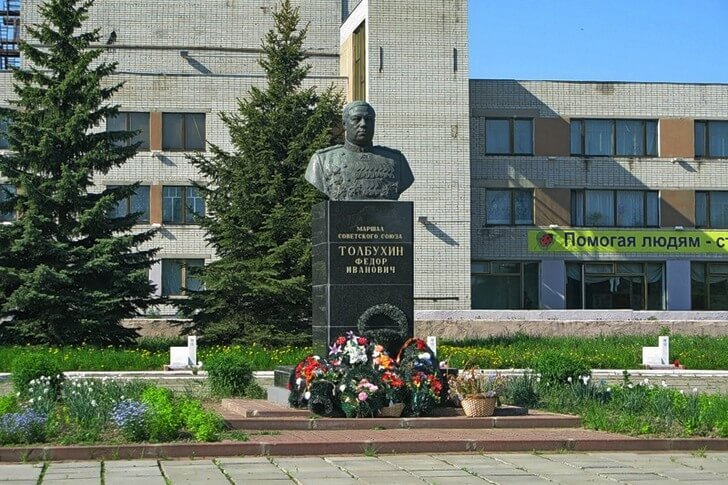
USSR park
The square on this site was broken after the war. No one took care of him and gradually the territory became “wild”. In 2008, the reconstruction took place, after which a real open-air museum in the style of the USSR appeared before the townspeople and tourists. Many sculptures, rare cars, benches and lanterns have been installed. You can just walk and relax in the park, or book a full tour.

Volga river
Two parts of the city are located on different banks of the Volga. The total length of the river flowing through the European part of Russia is more than three and a half thousand kilometers. It is connected to the four seas through canals. It is navigable and widely used in tourism. On ships, including, you can get to Tutaev. The Volga is famous for its fishing: about 40 species of fish are found in its waters.
